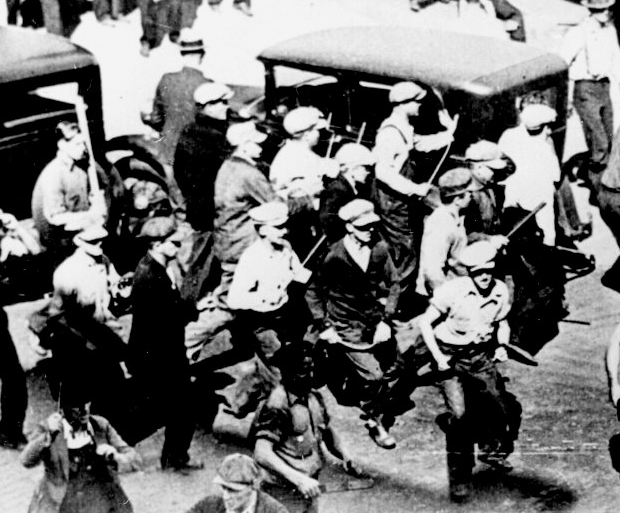THE MILK,THE INSPIRATION BEHIND A REVOLUTION
Over six decades ago the life of a farmer in Kaira was very much like that of farmers anywhere else in India. His income was derived almost entirely from seasonal crops. Many poor farmers faced starvation during off-seasons. Their income from milch buffaloes was undependable. The milk marketing system was controlled by contractors and middlemen. As milk is perishable, farmers were compelled to sell their milk for whatever they were offered. Often they had to sell cream and ghee at a throwaway price.They were in general illiterate. But they could see that the system under which contractors could buy their produce at a low price and arrange to sell it at huge profits was just not fair. This became more noticeable when the Government of Bombay started the Bombay Milk Scheme in 1945. Milk had to be transported 427 kilometers, from Anand to Bombay. This could be done only if milk was pasteurized in Anand.
The Government turned down the demand. The farmers called a ‘milk strike’. It lasted 15 days. Not a drop of milk was sold to the milk merchants. No milk reached Bombay from Anand, and the Bombay Milk Scheme almost collapsed. After 15 days the milk commissioner of Bombay, an Englishman, and his deputy visited Anand, assessed the situation and accepted the farmers’ demand.This marked the beginning of the Kaira District Co-operative Milk Producers’ Union Limited, Anand. It was formally registered on December 14, 1946. Its objective was to provide proper marketing facilities for the milk producers of the district. The Union began pasteurizing milk in June 1948, for the Bombay Milk Scheme – just a handful of farmers in two village co-operative societies producing about 250 liters a day.
The only remedy was to set up a plant to process the extra milk into products like butter and milk powder. The logic of this step was readily accepted by the Government of Bombay and the Government of India, except for a few doubting Thomases. The government of India helped the Union to get financial help from UNICEF and assistance from the Government of New Zealand under the Colombo Plan. Technical aid was provided by F.A.O. A Rs.50 – lakh factory to process milk powder and butter was blueprinted. Its foundation stone was laid by the then President of India the late Dr. Rajendra Prasad on November 15, 1954. The project was completed by October 31, 1955, on which day the late Pandit Jawaharlal Nehru, the then Prime Minister of India, declared it open. The new dairy provided a further fillip to the co-operative movement among milk producers. The union was thus enabled to organize more village co-operative societies and to handle more and more milk each year. This event also brought a breakthrough in dairy technology as the products were made processing buffalo milk for the first time in the world..
Kaira Union introduced the brand “Amul” for marketing its product range. The word “Amul” is derived from Sanskrit word ‘Amulya’ which means ‘priceless’ or precious’. In the subsequent years Amul made cheese and baby food on a large commercial scale again processing buffalo milk creating a history in the world.
Formed in 1946, it is a brand managed by a cooperative body, the Gujarat Co-operative Milk Marketing Federation
Ltd. (GCMMF), which today is jointly owned by 3 million milk producers in Gujarat.
Amul spurred India's White Revolution, which made the country the world's largest producer of milk and milk
products. In the process Amul became the largest food brand in India and has ventured into markets overseas.
Dr Verghese Kurien, ,founder of the GCMMF for more than 30 years (1973–2006), is credited
with the success of Amul.
The cooperative was further developed and managed by Dr.Verghese Kurien with H.M. Dalaya.
co-operative societies are producing about 10.16 million liters a day
Dalaya's innovation of making skim milk powder from buffalo milk (for the first time in the world)
and a little later, with Kurien's help, making it on a commercial scale,led to the first modern dairy
of the cooperative at Anand, which would compete against established players in the market.
friends !!! if you like this ..kindly share it in social websites
thank you
"so what" & "what next"
Vj veera
Twitter: https://twitter.com/vijay3veera
Facebook: http://facebook.com/






CamilkDairy: Our mission is to reach those health conscious people who demand healthier, and superior quality Camel Milk and by products
ReplyDeletehttp://www.camilkdairy.com
Informative article, Thanks
ReplyDeleteSource:suggestions box scraper